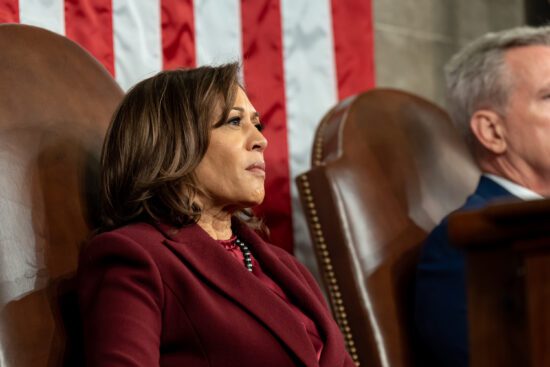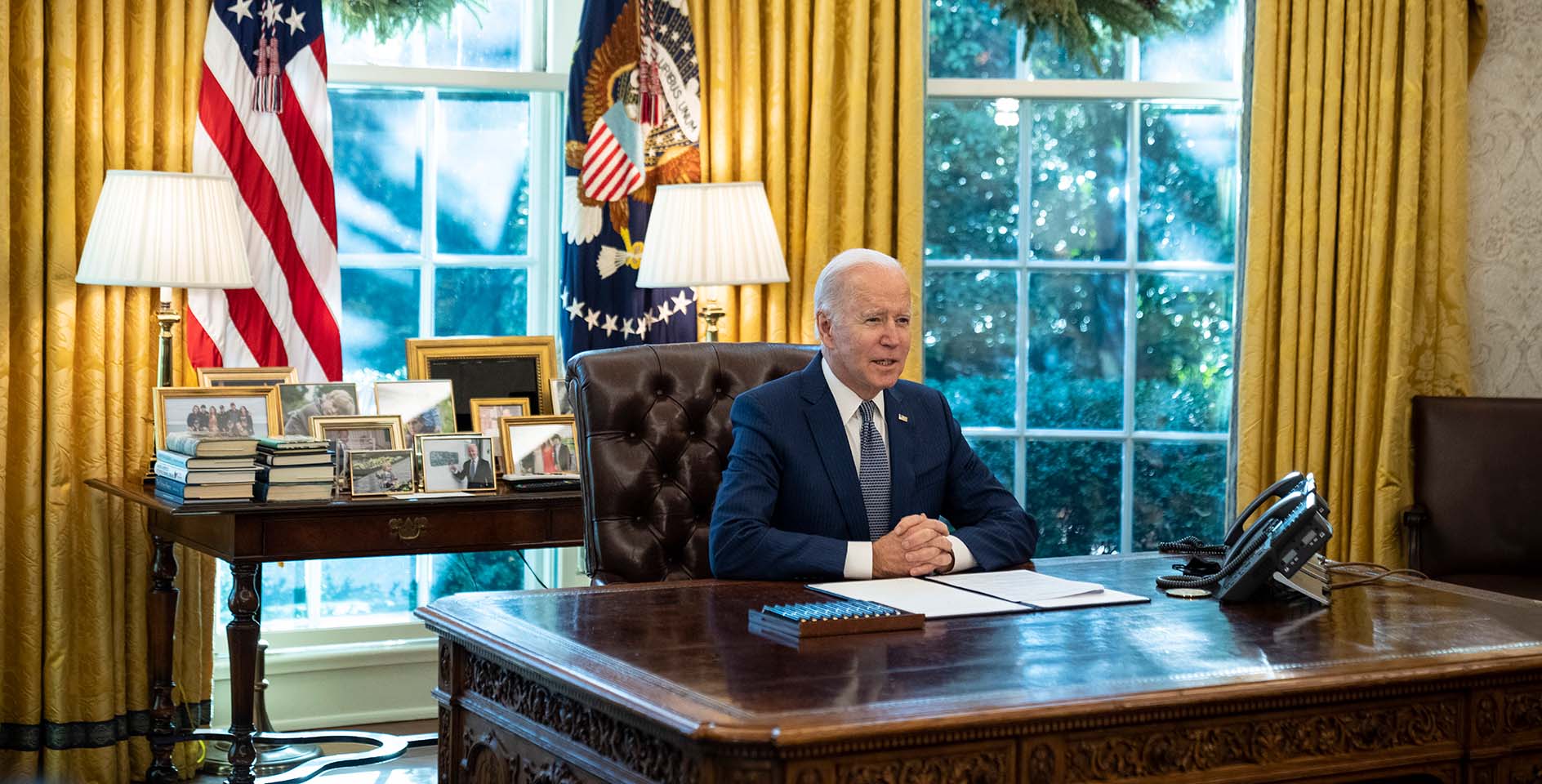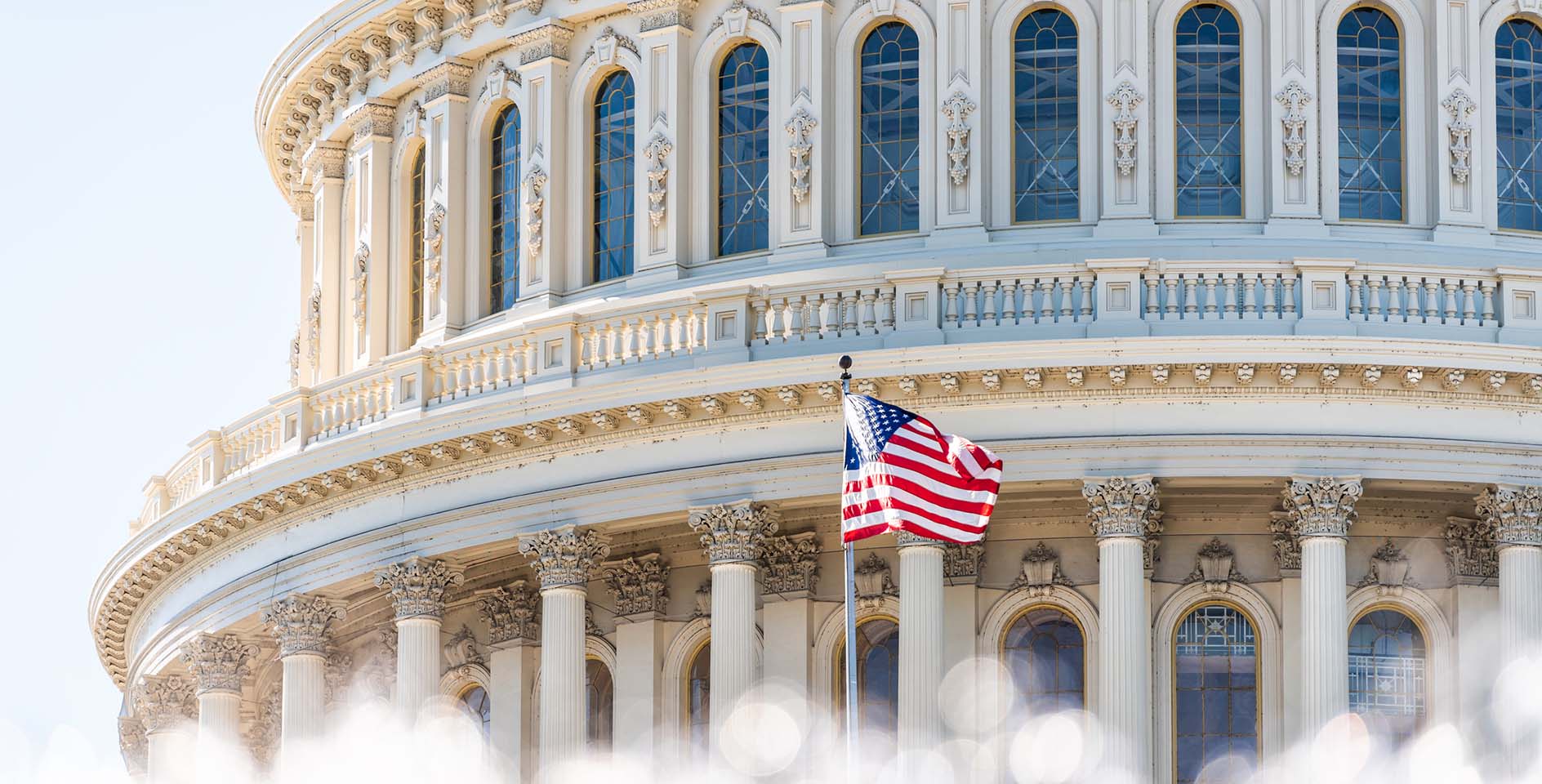On Mon., March 28, President Biden released his FY 2023 budget proposal. Every year, the president submits his budget proposal, and it serves as a blueprint for the administration’s priorities. A president’s budget proposal has no binding authority over Congress. It is a request and a statement of priorities and serves as a starting point for a long negotiation in Congress as they work on the 12 spending appropriations bills that fund the government.
The ERLC actively engages in the appropriations process each year, and in the recently released FY23 budget proposal, there are areas of deep concern, but also areas of possible collaboration.
Exclusion of pro-life riders and increased funding for abortion providers
Notably, for only the second time since its inception in 1976, the Hyde Amendment has been excluded from the president’s proposal. The Hyde Amendment is a budget rider on the Department of Health and Human Services (HHS) appropriations bill to prevent Medicaid from covering the cost of abortion. This rider, along with other pro-life riders, are essential in protecting life as well as the consciences of millions of American taxpayers.
Before the Hyde Amendment was introduced, approximately 300,000 abortions a year were performed using federal Medicaid dollars. It is estimated that the Hyde Amendment has saved over two million lives since it was enacted. Since 1976, the Hyde Amendment has been passed by every Congress. Its success across the generations is not due to a shared belief about abortion but precisely because those representatives and senators believed the disagreement deserved respect.
Congress should also protect the Weldon (discrimination protections for those with objections to abortion), Dornan (Hyde protections in the District of Columbia), Helms (protection against funds being used for abortion in international aid), Siljander (protection against funds being used to lobby for abortion internationally), and Kamp-Kasten (protection against funds to organizations that support coercive abortion or sterilization) Amendments. It is important to note that although Biden’s FY 2022 budget proposal also excluded these amendments, they were ultimately included in the final appropriations package passed by Congress.
Biden’s budget proposal also includes a request for a 40% increase in additional funding for abortion providers through the Title X Family Planning program. Though these pro-life riders have traditionally kept this funding from directly funding abortion procedures, abortion providers are still able to receive funding through the Title X Family Planning program and other government funds to cover operational costs, allowing them to more easily reserve non-taxpayer dollars for abortion services. Although it is vital for women of any economic status to have access to important healthcare services, abortion — the act of taking a life — is not healthcare.
Inclusion of Sexual Orientation and Gender Identity langauge
Throughout the budget proposal, Biden includes multiple proposals that advance “gender equality” on the basis of “sexual orientation and gender identity.” Efforts to advance SOGI as protected classes under federal law have explicitly included attempts to roll back
religious freedom and conscience protections. As the ERLC has long maintained, a government that is able to pave over the conscience is one that has the unlimited ability to steamroll dissent on any issue.
In the proposal, Biden references several Executive Orders he has signed during his presidency on this topic, including Executive Order 14020, “Establishment of the White House Gender Policy Council,” establishing the first White House Gender Policy Council within the Executive Office of the President and charged the office with leading a government-wide effort to advance gender equity and equality. Last year the administration issued the first ever National Strategy on Gender Equity. As the ERLC noted when that strategy was introduced, “This strategy is not only ambitious, but can be seen as a way for the federal government to expand its authority and influence over everyday life given the sheer breadth of issues included.”
The ERLC will closely be tracking these developments as Congress begins their budget proposal and will advocate against the inclusion of any provision that could hinder the American conscience and religious liberty.
Rebuilding of the refugee resettlement program and immigration processes
One area where we were pleased to see significant investment in Biden’s budget proposal was in rebuilding the refugee resettlement program and improving our immigration and asylum processes. The proposal includes substantial funding to provide humane and proper care to unaccompanied minors, facilite family reunifications that occurred under the zero-tolerance policy of the previous administration, and support the resettlement of up to 125,000 refugees in FY 2023. The ERLC has long advocated for the United States to resume its global leadership in providing a place of refuge for the vulnerable and for the necessary investments in the refugee resettlement program infrastructure to support that goal.
Additionally, the president’s budget proposal provides significant funds for improving border security and management while also addressing the significant backlogs in our immigration and asylum systems. One of the most notable developments in addressing these backlogs was an increase of $621 million over last year’s levels in funding for immigration courts, allowing for the hiring of 100 new immigration judges and support personnel. The ERLC supports efforts that make our asylum and immigration systems more fair, just, and humane, and these investments are important steps in that direction.
Fighting food insecurity and the opioid crisis
We were also glad to see the president’s budget proposal place an emphasis on addressing food insecurity and the opioid crisis. The proposal included significant funding for combating poverty-driven food insecurity as well as the opioid epidemic, particularly among veterans. Though increased funding does not always necessitate better outcomes, we affirm the president’s desire to promote human flourishing through combatting the vicious cycle of poverty and the devastating impact of opioid abuse. According to the president’s proposal, the drug overdose epidemic claimed over 100,000 lives in the last fiscal year. The drivers for this epidemic are complex, but the effects are simply tragic. This investment in the prevention of drug abuse, treatment, and recovery, particularly for our nation’s veterans, could be an important step for many families facing this tragedy across the country.
What’s next?
The House and Senate Appropriations Committees will begin the appropriations process which includes a hearing to discuss budget requests and writing and marking up the 12 appropriations bills that fund the federal government. Congress will therefore have the opportunity to include the Hyde Amendment and other important pro-life riders, as they did in FY 2022.
Each year, the ERLC is actively engaged in the appropriations process, working alongside committee and leadership offices to ensure that important pro-life, religious liberty, and conscience protections are included and harmful policies are excluded. The ERLC will continuously advocate for the inclusion of these pro-life provisions as well as other legislative measures that reflect God’s gracious love for every human life around the world.








